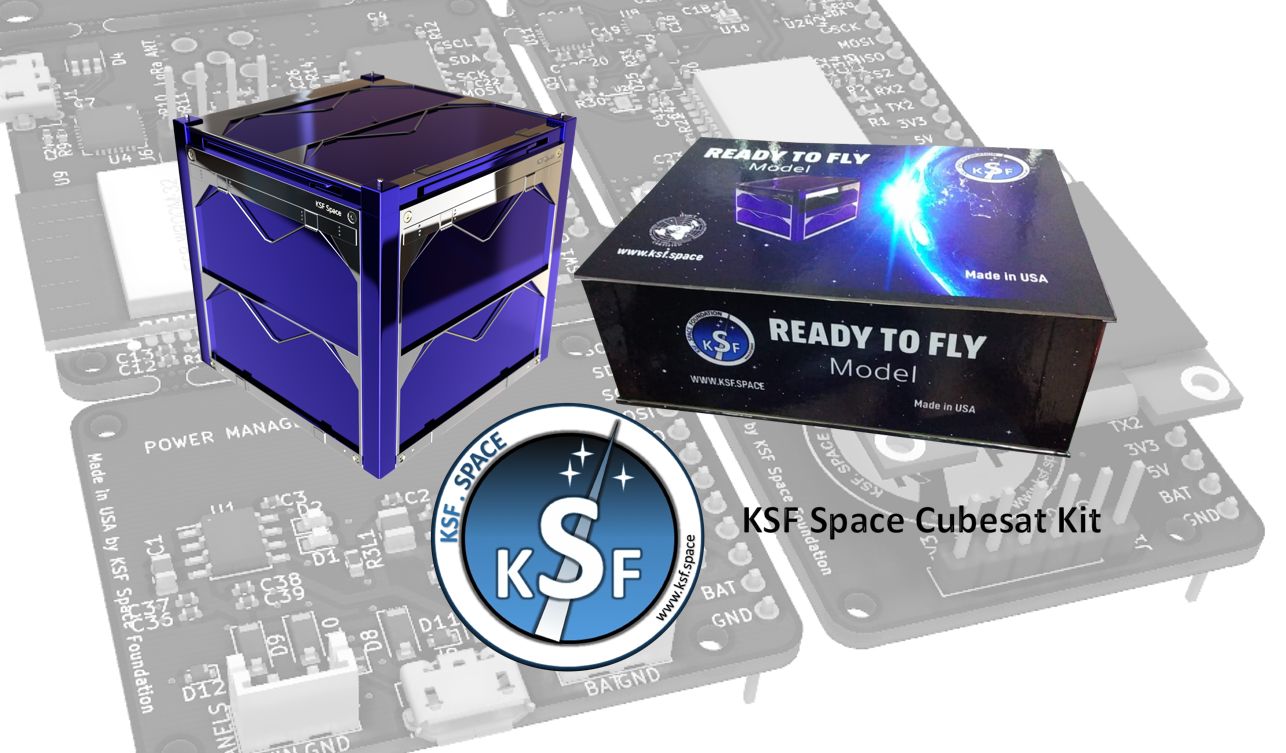CubeSats or nanosatellites are small satellites made to be in Earth’s orbit, typically in the shape of a cube. They are used for research in space and as navigational aid. Rockets are used to launch them and set them in the areas of space wanted. They are simple to build and launch and have a variety of helpful uses for people on the ground. This mini-spacecraft can be no bigger than 10x10x10 cm, making them very compact and cost-effective. The international community, with the help of NASA and California Polytechnic State University, has pushed the development of CubeSats technology by making their designs open to the public. This has opened a new door to space exploration and communication globally.
CubeSats have many potential uses, among them global communication, military functions, weather monitoring and space exploration. The military uses them for navigation and remote sensing, while agricultural organizations utilize them to keep tabs on crops and evaluate land. Educational institutions use them to teach classes, while healthcare organizations use them to conduct research, provide treatment, and create educational campaigns in developing countries. NASA’s Explorer program works with over 50 CubeSat projects that aim to promote both public and private interests through the use of low-cost satellite technology. Some of their projects include testing ROSAT sensors, determining ocean current states, measuring soil water content, monitoring air quality, tracking animal movement, and identifying wildfire hotspots.
Through the Johnson Space Center CubeSat Fabrication Lab, universities have access to a CubeSat kit from the KSF Space Foundation. The cost-effective kit is designed for beginners and can be used for sub-orbital flights and microgravity missions. If properly developed, CubeSats can revolutionize the world now and in the future.
The kit is cheap, lightweight, and simple to integrate. It can be utilized by faculty to make a CubeSat using normal space project funds. It is also prepared to fly. Besides its basic CubeSat kits, KSF Space Foundation also produces the most recent generation of board systems. These boards are certified by the International Forum of Giant Independent CubeSat Technologists (IFGICT). This allows researchers to build, test, and deploy a CubeSat with fewer hassles. In addition to being simpler to construct, it has a printed circuit board that can be substituted for the laser-cut rings used earlier in the CubeSat 2.0 model. Because the parts count has been reduced, the new model is more compact. It permits the CubeSat to fly in a 320-mile polar orbit. KSF offers a free NEP certificate to students who purchase one of their CubeSat kits. This will help promote the integration of the smallSat programs of the university and boost student leadership.
A CubeSat KitTM is an off-the-shelf combination of hardware and software. It includes sensors, radio modules, and payload instruments for autonomous observation. It has been used by teams around the world. Its low-power requirement and small size make it a savvy investment. This means you can conveniently incorporate the space mission into your curriculum.
CubeSats are gaining popularity as a result of well-defined standards that reduce development costs and hassle. California Polytechnic State University (Cal Poly) and Stanford University created the CubeSat standard, which was originally intended for scientific exploration and new space technologies. CubeSats are used in commercial projects as well as new space technologies exploration and lab experiments. They are among the least costly and quickest ways to demonstrate space technologies.
The KSF Space Foundation’s CubeSat kit is a simple-to-use and high-performance framework. It includes a flight computer, power systems, and communications systems, as well as the ability to add your own sensors or other components. The kit is highly customizable, in addition to being simple to build. Schools and universities can build their space projects using the new CubeSat kit without the need for secure funding, said Chairman Dr. Kayyali.
